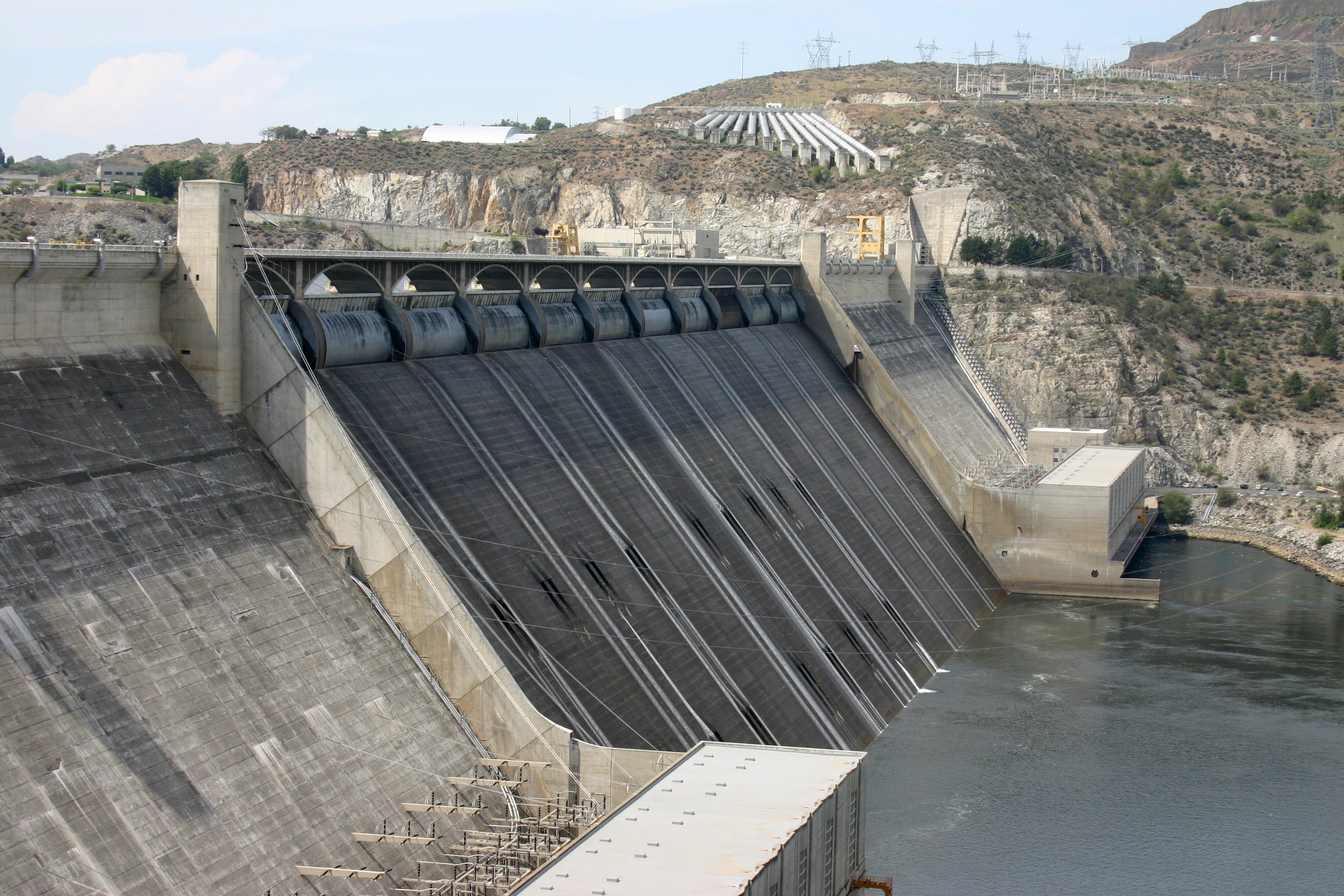Energy storage is not a new concept in itself. It has been an integral component of electricity generation, transmission and distribution systems for well over a century. Traditionally, energy storage needs have been met by the physical storage of fuel for fossil-fuelled power plants, by keeping some capacity in reserve and through large scale pumped hydro storage plants.
But now the power landscape is changing dramatically with a move to ‘fuel-free’ power, mainly in the form of wind and solar photovoltaic (PV). This shift to renewable sources is good for the environment and sustainability. However, it also makes delivering power reliably where and when it’s needed a bigger challenge than ever before. Since there is no fuel to store, the grid must adapt to store electrical energy efficiently after it is generated.
Wind and solar power installations generate power only intermittently and with a highly variable output. Furthermore, unlike a traditional centralized generation plant, these new sources may be located anywhere on the grid, perhaps close to the load centers they serve, dispersed across the network, or even in remote locations far offshore or in deserts.






